Richard Florida is one of the world’s best-known urban theorists. In his 2002 book The Rise of the Creative Class, Florida explored how high-tech workers, artists, and other creative innovators propel prosperity in our cities. His upcoming book, The Great Reset, examines how the economic crash will reshape the way we work and live. We spoke with Florida about what makes a neighborhood great, why small communities need more political power, and the transformation of American suburbs.
GOOD: What makes for a good neighborhood?
Richard Florida: When the Gallup Organization looked at what gives you a high degree of emotional attachment to your neighborhood, the answers were pretty surprising. Obviously, having a low crime rate and great schools and good jobs are important, but there were two other factors that were really critical. The first was a community that treats all of its residents fairly—ethnic minorities, new immigrants, low-income people, young people, old people, families, entrepreneurs, artists. And then the most important factor was what I call the quality of the neighborhood itself. Does it have trees? Does it have open space? Does it preserve its historic architecture? In other words, does it have some kind of physical beauty? This quality, the aesthetic character, was the number one factor.
G: And why are good neighborhoods important?
RF: The place we live in is a fundamental contributor to our overall subjective well-being. Most psychologists and behavioral economists have said that the two things that make you happy in life are work that you can identify with and that you find challenging, and having great social relationships.
I think the community we live in is that incredibly important third part of that triangle of human happiness. People put a lot of systematic thought into picking a job and career and selecting a spouse or a life partner. It may be that your choice of neighborhood is equally important.
G: Is diversity critical for a good neighborhood?
RF: You could have a city where there’s a young person’s neighborhood with more nightlife, a family-oriented neighborhood with less noise, a neighborhood that’s predominantly gay. If those neighborhoods are close to one another and share common space, I don’t think everyone has to be completely heterogeneously mixed up. That said, in neighborhoods that are more diverse, where everyone feels accepted and welcome, there’s a much higher rate of emotional attachment.
G: On the other hand, sometimes neighborhoods seem to naturally reinforce existing racial or socioeconomic divisions. Is that a problem?
RF: Yes. The United States is becoming more sorted—sorted by income, by social and economic status, by the kind of work we do. That worries me. It means that people with means have a better opportunity to select the kind of community they want to live in and others may be stuck or shunted into communities that don’t fit them as well.
G: Does a good neighborhood need lots of longtime residents?
RF: Well, you need the kind of folks who know the neighborhood. One of the things the locally owned business gives you is the long-term businessperson. That long-term businessperson has always been a gold mine of information about a neighborhood. Once you replace them with chain stores and chain-store employees, who often don’t come from the neighborhood, the whole process of sharing information and orienting people to the neighborhood breaks down.
G: What do we make of newer American suburbs? Can they be great neighborhoods, too?
RF: One of the things that I think is remarkable about the time we live in is the transformation of many of those older suburbs from subdivisions into neighborhoods. Arlington, Virginia, has worked to increase density, actively build community, mix in new development with ethnic restaurants and music clubs, and make sure there is affordable housing for a variety of different groups.
We know the top 50 urban neighborhoods, but it’s the suburban transformations that are incredible to me.
G: How can we help citizens improve their neighborhoods?
RF: In our country we’ve tended to look at the federal government and the state government and the city government. One of the great challenges of the twenty-first century is to decentralize decision-making down to the neighborhood level. When companies decentralize authority down to the smaller work group, they tend to be more productive. That doesn’t mean they don’t have a CEO and a planning group, but they give a lot of decision-making to that work group. Similarly, I think we need to give neighborhoods a lot more decision-making authority.
G: That would probably help people feel more invested in their neighborhoods, too.
RF: Yeah, and I think we’re beginning to realize that even highly mobile people have emotional attachments to their neighborhoods. You know, I believe in a transient city. I don’t want to say everyone needs to stay in the same place and dig in roots. You can have neighborhoods that are a mix of mobile people and locally rooted people. Maybe that’s the best kind of neighborhood.
G: Is gentrification a threat to our best neighborhoods?
RF: I think the economic crisis means that gentrification won’t happen as fast as it might, but those tipping points happen so quickly. A neighborhood can go from being an interesting place with lots of energy to a place nobody wants to be in very quickly. I asked Jane Jacobs about this and she said, “You know, Richard, when a place gets boring even the rich people leave.”
Maybe this is a key point. Every time we come back to these neighborhoods that are exciting, that are great, there’s a long history behind them. We can make the new ones better, but it’s hard to think about a neighborhood that we’ve invented from scratch that has made the list of America’s best neighborhoods. There’s no formula; it may just take a lot of trial and error and evolution to make a great neighborhood.
G: Right. And maybe there has to be some baseline of longstanding relationships in a place.
RF: So in essence a neighborhood is not just a set of individuals, but a set of relationships. I think that’s right. And the relationships are fluid. Some are longstanding and some you can plug into and play. And the places that enable those relationships to form are the places that do better.
This article first appeared in GOOD Issue 19: The Neighborhoods Issue. You can read more from the issue here, or find out what it's all about by reading the introduction.



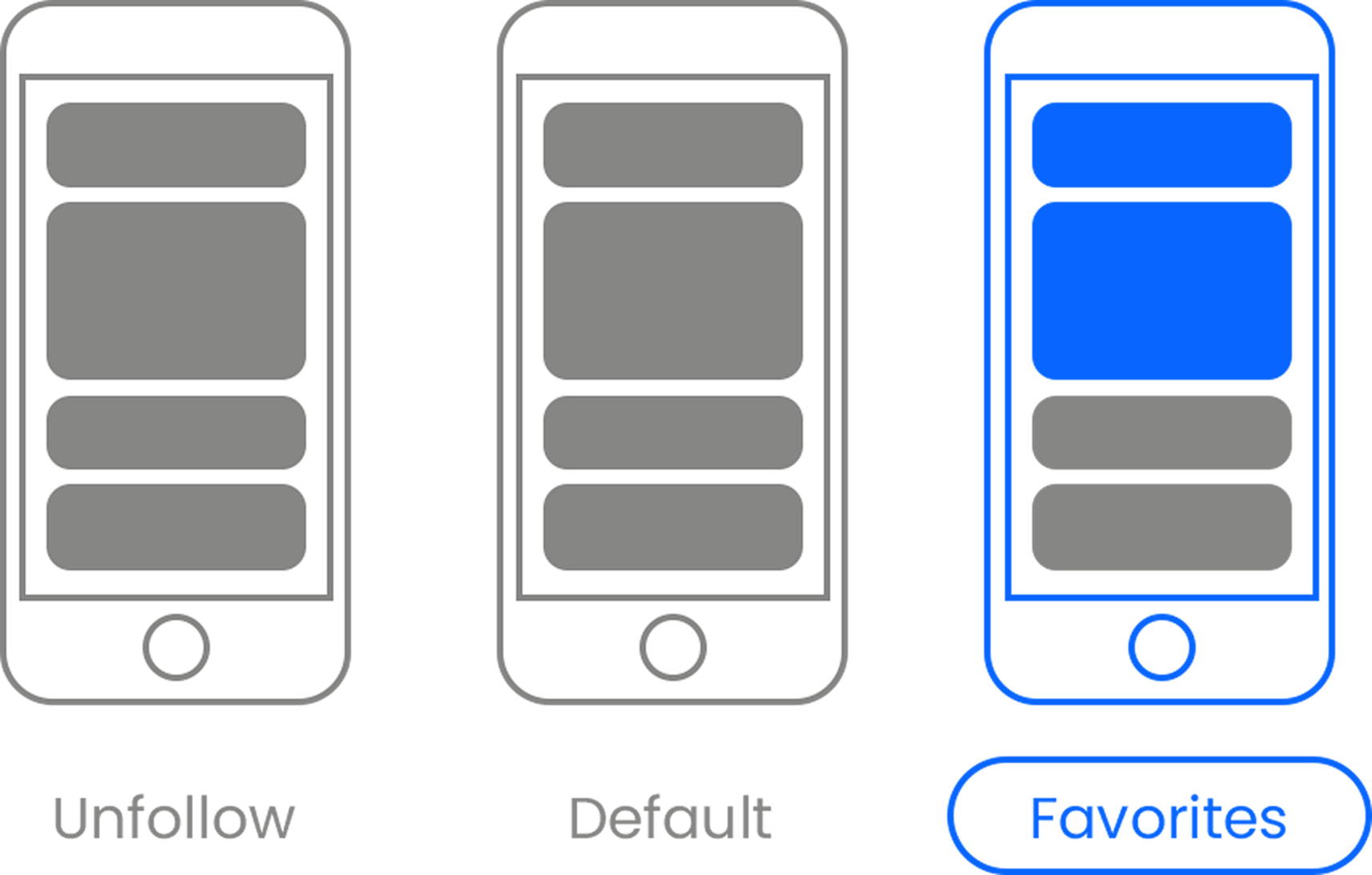

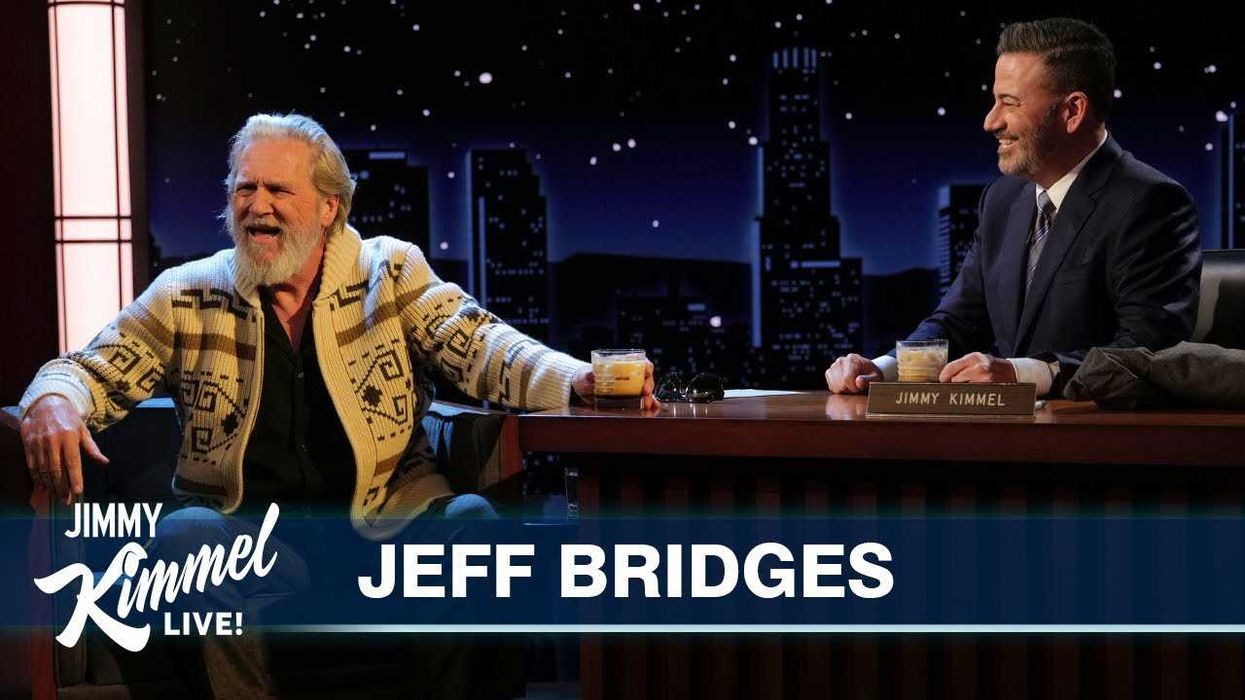
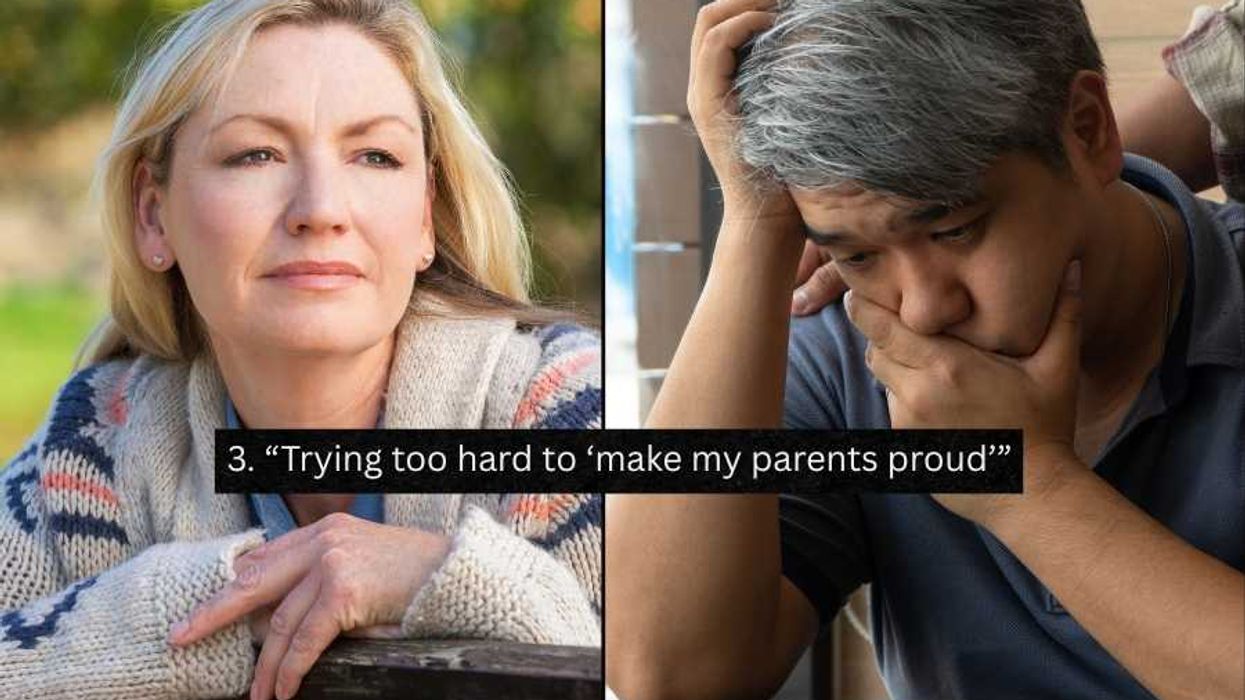

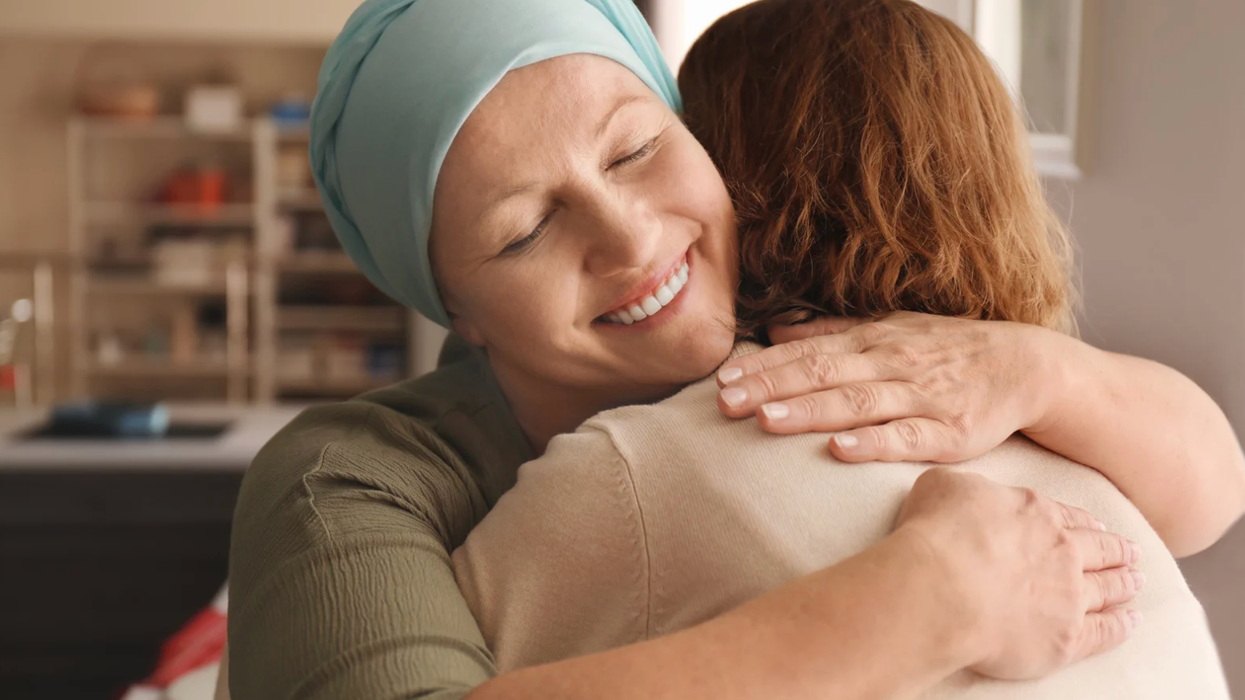
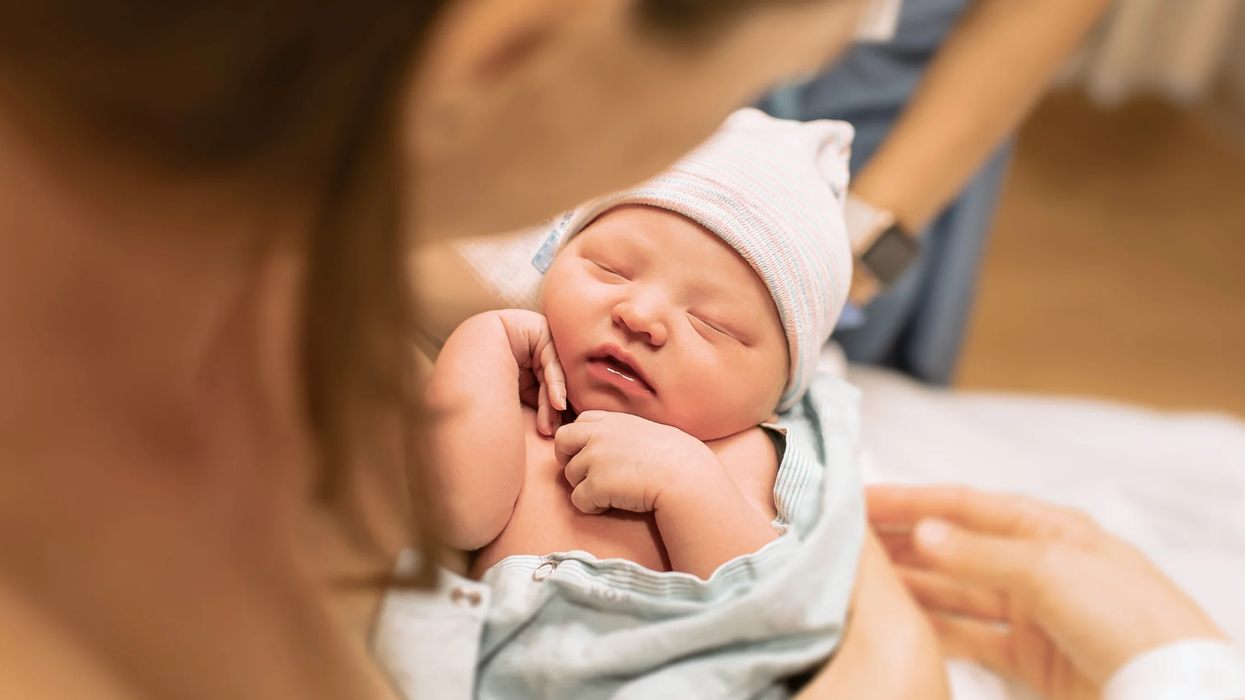
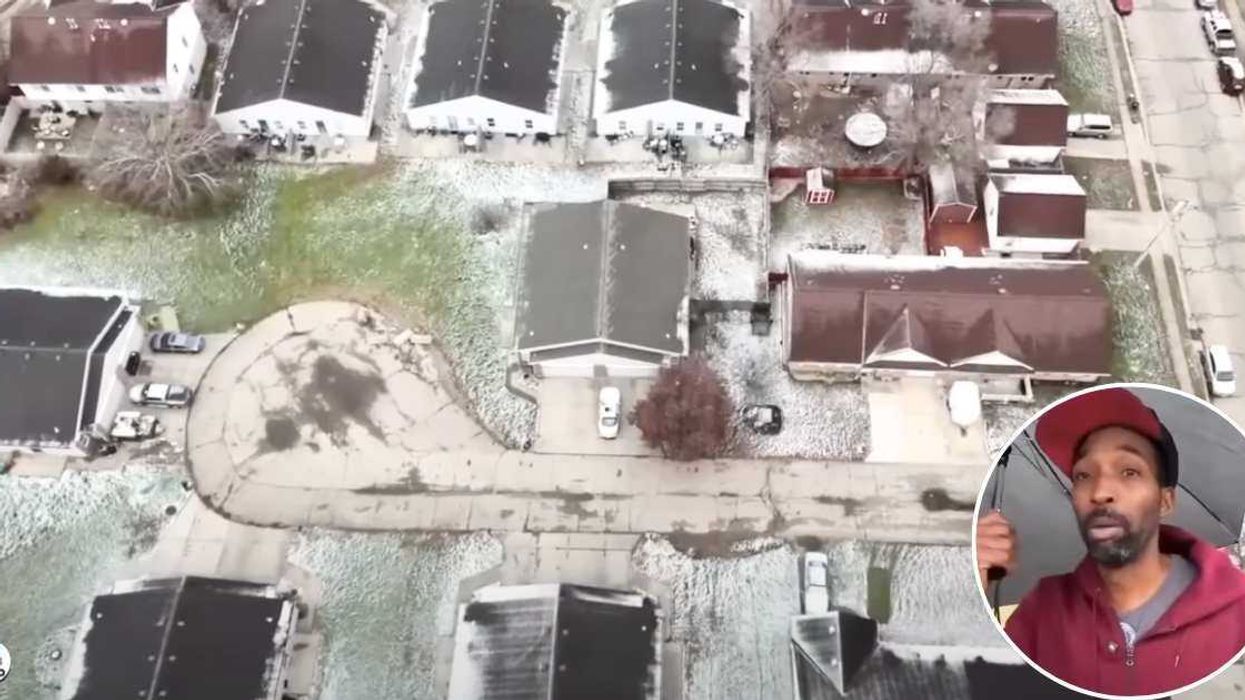
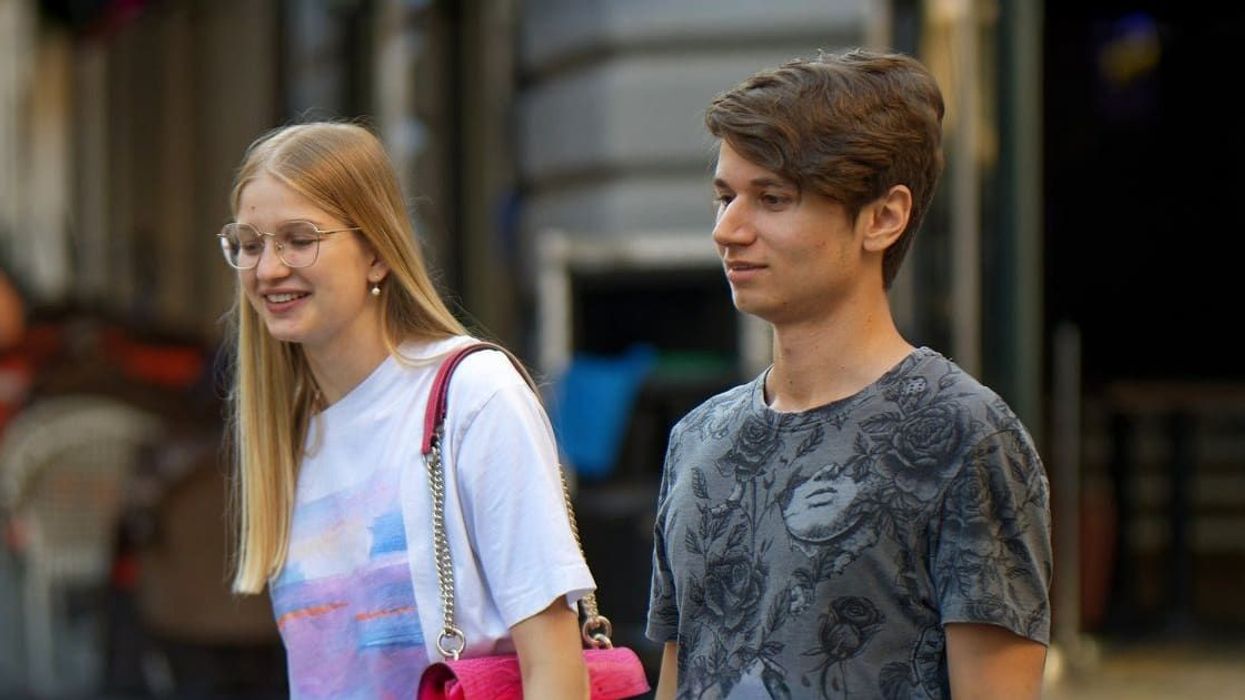


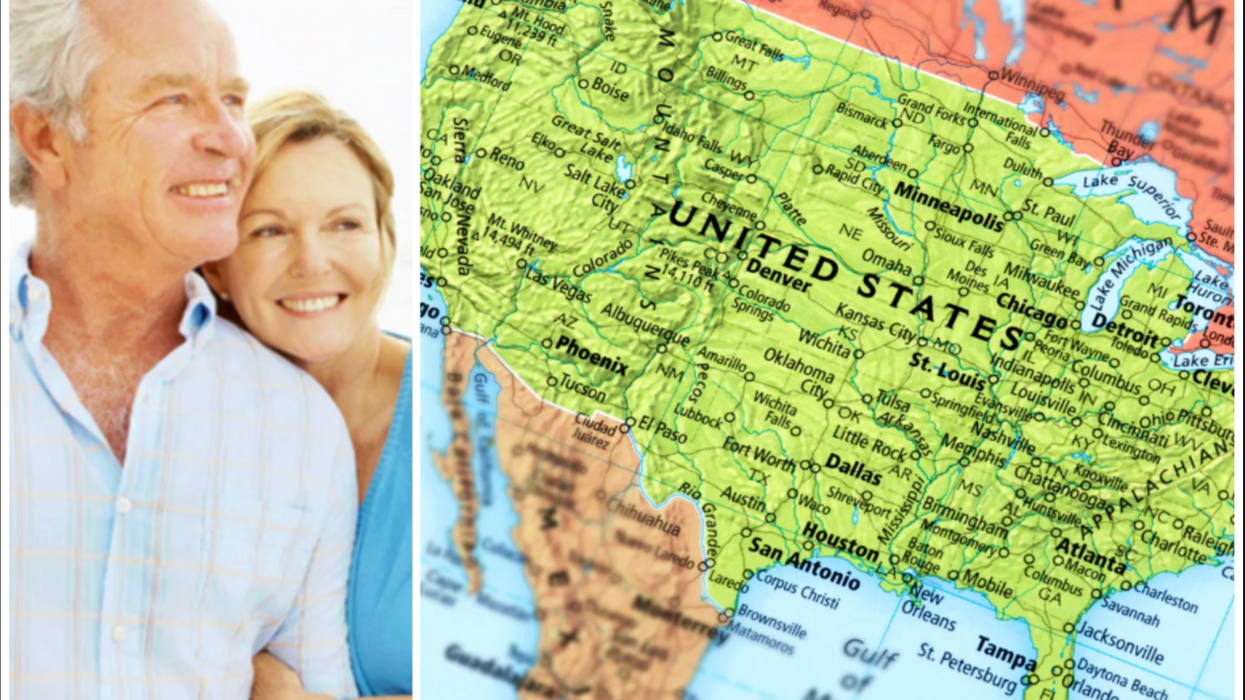
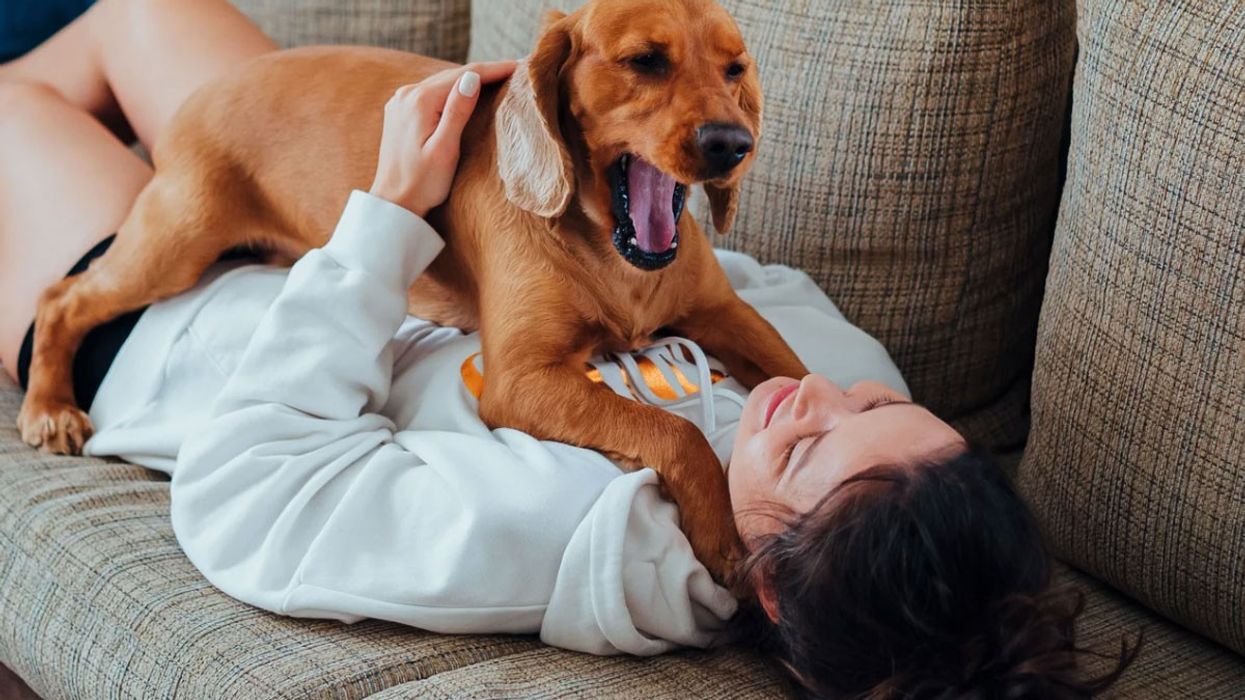
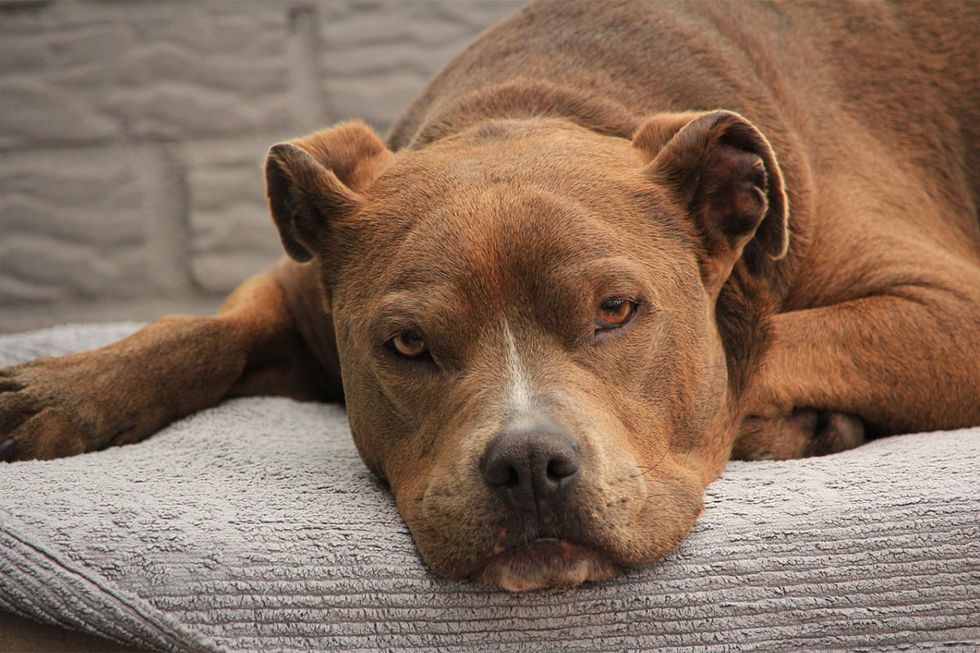 Otis knew before they did.
Otis knew before they did.